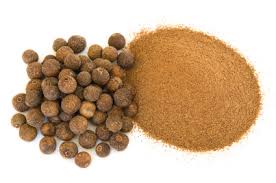 |
| Corned Beef and Cabbage |
"This is just one version out of the score of recipes for this venerable dish which is not a grill at all and which you will scarcely find nowadays simmering away in the galleys of the great petrol barges which whirl down the Rhone to Marseille." Elizabeth David, from "Grillades des Mariners du Rhone"
As Her Bounty sat anchored at bay tottering gently to the prevailing winds of the Caribbean all of the crew eyed up the beach of Nassau, but for different reasons. For Stone Eyes he had but one thing in mind: for quartermaster to procure three head of cattle by any means necessary so that he could proceed on the business of corning the beef. Stocks of large grain salt would be available now at port trading and he could butcher and 'corn' all within the same day under tents where he could avoid the blistering heat and the ganging flies.
By the time the rest of the crew had finished with their own private business, they would, like ghosts drawn to the night, follow their noses to the beachside where Stone Eyes would have dedicated one
cow to the night's feast. He set up an enormous spit of fire, laced his quarter of the cow by a rotating pike and let the salted beef roast in open air for five hours. In copper buckets each the width of a man, he boiled recently plucked cabbages, pulled carrots, and as many potatoes as he could possibly retrieve.
By the time the beef had ripened on the spit, it was more than just the crew of Her Bounty who had meandered down the beach head following their nose. Crew members had to push other cut throats out of the way or sometimes offer them grog from the oak casks as a decoy to appease their appetite.
Stone Eyes could see none of this, of course, but he could hear the sound of the hunger in the air and it was at this point that he applied his final sauce of English mustard and Bahaman dark sugar which formed a syrup so thick that it stuck to the side of the animal as it spun in the night against the attacking fire.























